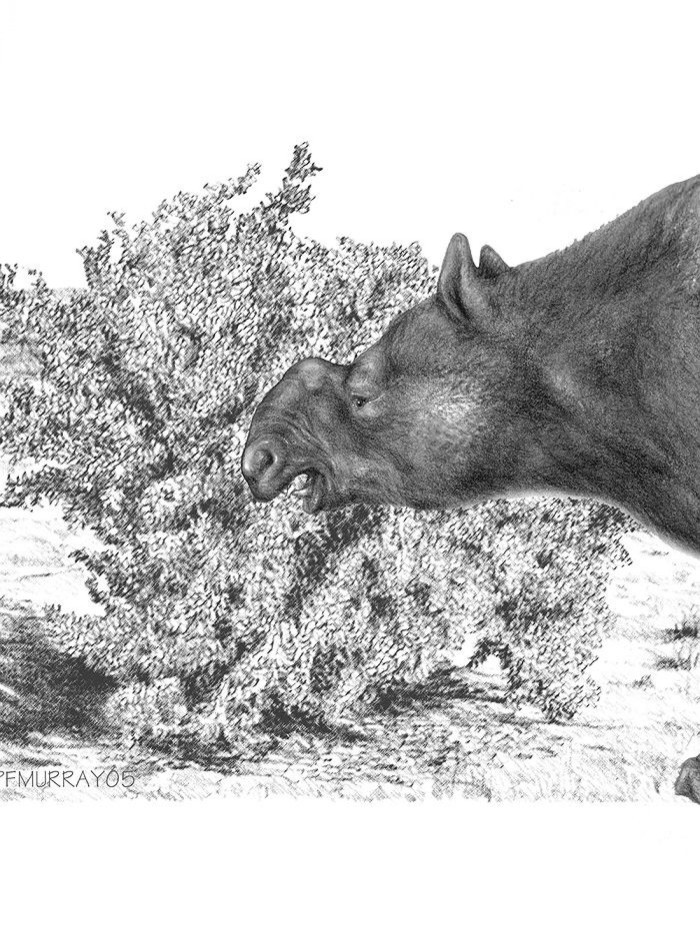Disappearance Of Large Australian Herbivores Not Due To Climate Change

Around 40,000 years ago, rhinoceros-sized marsupials and other giant animals roamed Australia. Although the prevailing theory is that climate change caused a mass extinction of these giant animals, called megafauna, a new study shows that humans may have caused their disappearance.
Researchers analyzed two mud samples, one dating back to around 24,000 to 130,000 years ago and the other dating 3,000 to 50,000 years ago, looking for spores of the Sporormiella fungus - a fungus that only releases spores when in the dung of herbivores. They found that while spores were initially plentiful in the mud samples, the number of spores dropped to almost zero 41,000 years ago, the approximate time humans arrived in Australia.
When there was lots of fungus, there was lots of dung and lots of big animals making it, Christopher Johnson, coauthor of the study and zoologist at the University of Tasmania, told the Australian Broadcasting Company. When they disappeared, their dung fungus went too.
The cores also indicate an increase in fires and a change in plant life, according to the study. While climate change could affect plant populations, the change precedes the last known climate shift of that era by over 10,000 years.
Lakes and swamps preserve spores of specialized fungi that live in the dung of large herbivores, Johnson told Sci-News.com. As those sediments accumulate over time, they create a historical record of the abundance of very large herbivores in the environment. Pollen and charcoal particles are trapped in the same sediments, so that it is possible to match up the history of abundance of large herbivores with changes in vegetation and fire.
Vegetation changed and increased as megafauna population declined from hunting, according to the study. The increased vegetation acted as fuel for the numerous wildfires still seen across Australia today, the authors wrote.
The vegetation change could not have caused the megafauna extinction because the change occurred after the megafauna went extinct, the authors wrote.
Although it is an exciting find, some researchers are questioning the study's accuracy.
There is no evidence for large-scale human hunting of megafauna, Dr. Judith Field, archeologist at the University of New South Wales, told the Australian Broadcasting Company. Correlating the continent-wide extinction of the megafauna with the disappearance of an unproven proxy might be drawing a very long bow.
Fields also questioned the accuracy of the researcher's use of spore counts to, which Johnson conceded was a fair point.
Until we can get our hands on [ancient dung], we won't be able to validate Sporormiella as a proxy for the presence of mega-herbivores, he told the Australian Broadcasting Company. But it does occur in living marsupials so it is a fair assumption that it was also present in their extinct relatives.
The journal Science published the study on Friday.
© Copyright IBTimes 2025. All rights reserved.





















